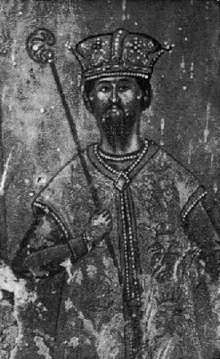
When the Roman Empire divided into east and west in 395, the territories of modern Albania became a part of the Byzantine Empire. At the end of the 12th century, the Principality of Arbanon was formed which lasted until mid 13th century, after its dissolution it was followed with the creation of the Albanian Kingdom after an alliance between the Albanian noblemen and Angevin dynasty. After a war against the Byzantine empire led the kingdom occasionally decrease in size until the Angevins eventually lost their rule in Albania and led the territory ruled by several different Albanian chieftains until the mid 14th century which for a short period of time were conquered by the short-lived empire of Serbia. After its fall in 1355 several chieftains regained their rule and significantly expanded until the arrival of the Ottomans after the Battle of Savra.

The League of Lezhë, also commonly referred to as the Albanian League, was a military and diplomatic alliance of the Albanian aristocracy, created in the city of Lezhë on 2 March 1444. The League of Lezhë is considered the first unified independent Albanian country in the Medieval age, with Skanderbeg as leader of the regional Albanian chieftains and nobles united against the Ottoman Empire. Skanderbeg was proclaimed "Chief of the League of the Albanian People," while Skanderbeg always signed himself as "DominusAlbaniae".
George Thopia was the Lord of Durazzo (Durrës) from 1388 to 1392. He was the son of Karl Topia and Voisava Balsha. Gjergj married Teodora, the daughter of sevastokrator Branko Mladenović, of the Serbian Branković family.
Hélène of Anjou was a member of the House of Anjou. She was an illegitimate daughter of Robert, King of Naples.
The term Albanian Principalities refers to a number of principalities created in the Middle Ages in Albania and the surrounding regions in the western Balkans that were ruled by Albanian nobility. The 12th century marked the first Albanian principality, the Principality of Arbanon. It was later, however, in the 2nd half of the 14th century that these principalities became stronger, especially with the fall of the Serbian Empire after 1355. Some of these principalities were notably united in 1444 under the military alliance called League of Lezhë up to 1480 which defeated the Ottoman Empire in more than 28 battles. They covered modern day Albania,western and central Kosovo, Epirus, areas up to Corinth, western North Macedonia, southern Montenegro. The leaders of these principalities were some of the most noted Balkan figures in the 14th and 15th centuries such as Gjin Bua Shpata, Andrea II Muzaka, Gjon Zenebishi, Karl Topia, Andrea Gropa, Balsha family, Gjergj Arianiti, Gjon Kastrioti, Skanderbeg, Dukagjini family and Lek Dukagjini.

The Principality of Albania was an Albanian principality ruled by the Albanian dynasty of Thopia. One of the first notable rulers was Tanusio Thopia, who was Count of Mat since 1328. The principality changed hands between the Thopia dynasty and the Balsha dynasty, twice before 1392, when Durrës was annexed by the Republic of Venice.

The Muzaka were a noble Albanian family that ruled over the region of Myzeqe in the Late Middle Ages. The Muzaka are also referred to by some authors as a tribe or a clan. The earliest historical document that mentions the Muzaka family is written by the Byzantine historian Anna Komnene. At the end of the 13th and beginning of the 14th century members of the Muzaka family controlled a region between the rivers of Devoll and Vjosë. Some of them were loyal to the Byzantine Empire while some of them allied with Charles of Anjou who gave them impressive Byzantine-like titles in order to subdue them more easily. During a short period, Serbian Emperor Stefan Dušan occupied Albania including domains of Muzaka family but after Dušan's death they regained their former possessions. After the Battle of Savra in 1385 the territory of Albania came under the Ottoman Empire; they served the Ottomans until 1444 when Theodor Corona Musachi joined Skanderbeg's rebellion. When the Ottomans suppressed Skanderbeg's rebellion and captured the territory of Venetian Albania in the 15th century many members of the Muzaka family retreated to Italy. Those who stayed in Ottoman Albania lost their feudal rights, some converted to Islam and achieved high ranks in the Ottoman military and administrative hierarchy.
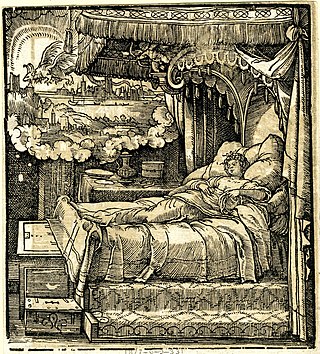
Voisava was the wife of Gjon Kastrioti, an Albanian nobleman from the House of Kastrioti. They had nine children together, one of whom was the Albanian national hero Gjergj Kastrioti, better known as Skanderbeg.
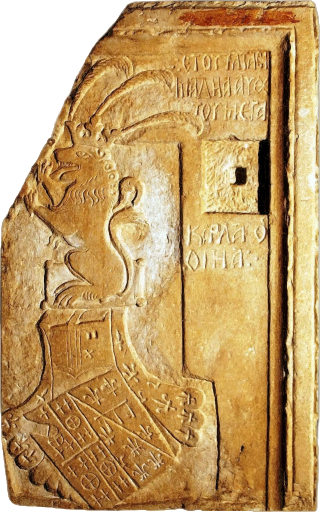
The Thopia were one of the most powerful Albanian feudal families in the Late Middle Ages, part of the nobility of the Angevin Kingdom of Albania.
Niketa Thopia was the Lord of Krujë between 1392—1394 and 1403–1415. He was a member of the Albanian Thopia family and the son of Karl Thopia, the Prince of Albania.
Helena Thopia was an Albanian princess of the Thopia family who held the Krujë region as sovereign lady for two terms; 1388-1392 and 1394–1403.
Dhimitër Jonima was an Albanian nobleman from the Jonima family. He initially resisted the Ottomans - namely at the Battle of Kosovo - before becoming their vassal, and he eventually switched to become a vassal of Venice. He was the lord of the lands that encompassed the trade route from Lezhë to Prizren, holding possessions between Lezhë and Rrëshen.
Pal Dukagjini was an Albanian nobleman, a member of the Dukagjini family. He and his kinsman Nicholas Dukagjini were initially subjects of Lekë Zaharia, a Venetian vassal who had possessions around Shkoder. Nicholas murdered Lekë, and the Dukagjini continued to rule over their villages under Venetian vassalage. Pal and Nicholas were part of the League of Lezhë, a military alliance that sought liberation of Albania from the Ottoman Empire, founded by the powerful Skanderbeg. In 1454, the Dukagjini accepted vassalage of Alfonso V of Aragon, as other chieftains had done three years earlier. Pal later abandoned Skanderbeg's army and deserted to the Ottomans.
Nicholas Dukagjini was a 15th-century member of the Dukagjini family.
Gojko Balšić or Gojko Balsha and his brothers George Strez and John were the lords of Misia, a coastal area from the White Drin towards the Adriatic. The brothers were members of the house of Balšić, which earlier held the Lordship of Zeta. They participated in founding the League of Lezhë, an alliance led by their maternal uncle Gjergj Kastrioti Skanderbeg. Gojko supported Skanderbeg until the latter's death in 1468, and then continued to fight against the Ottomans within Venetian forces.
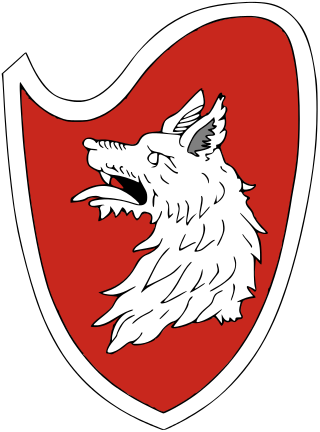
George Strez Balšić or Gjergj Balsha and his brothers Gojko and Ivan were the lords of Misia, a coastal area from the White Drin towards the Adriatic. The brothers were members of the Balšić noble family, which had earlier held Zeta. They participated in founding of the League of Lezhë, an alliance led by their maternal uncle Skanderbeg. George later betrayed Skanderbeg, by selling a domain to the Ottomans, while his two brothers continued to support Skanderbeg until his death and then continued to fight for the Venetian forces.
Ivan Strez Balšić or Gjon Balsha ; fl. 1444–1469) and his brothers George Strez and Gojko Balšić were the lords of Misia, a coastal area from the White Drin towards the Adriatic. The brothers were members of the Balšić family, which earlier held Zeta, but had now placed itself among the nobility in Albania. They participated in founding of the League of Lezhë, an alliance led by their maternal uncle Skanderbeg. Ivan and Gojko supported Skanderbeg until he died in 1468 and then continued to fight against Ottomans together with Venetian forces. After Skanderbeg's death Venice installed Ivan Strez Balšić as Skanderbeg's successor.
Andrea Thopia was a 15th century Albanian nobleman whose domains included the territory of Scuria. He was a member of the Thopia family and one of the founders of the League of Lezhë.
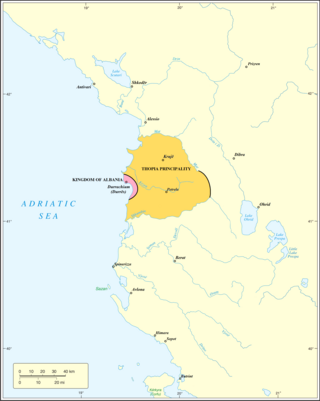
Tanusio Thopia or Tanush Thopia was an Albanian count that served Princes of Taranto Philip I and Robert, and Dukes of Durazzo John and Charles. He had domains in Mat.

Andrea I Thopia was an Albanian nobleman. In 1338 he inherited the county of Mat from his predecessor Tanusio Thopia.
